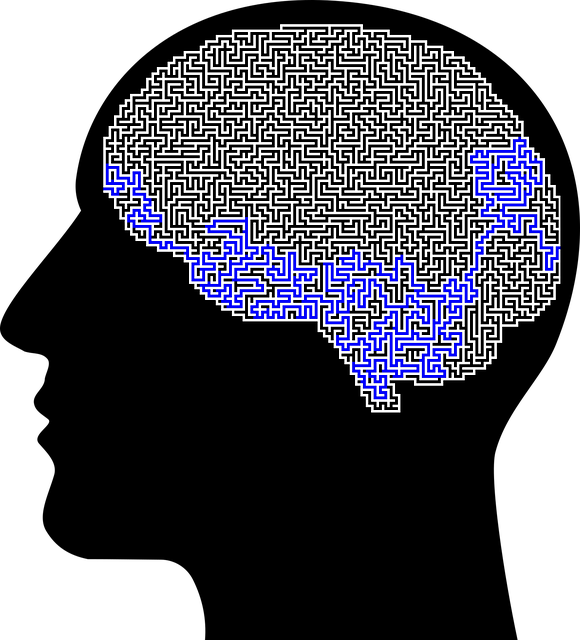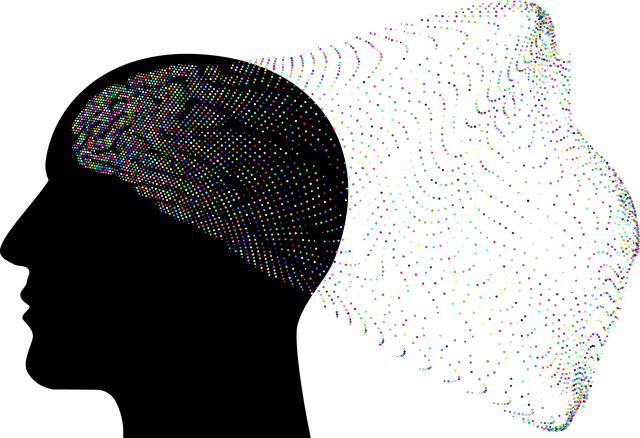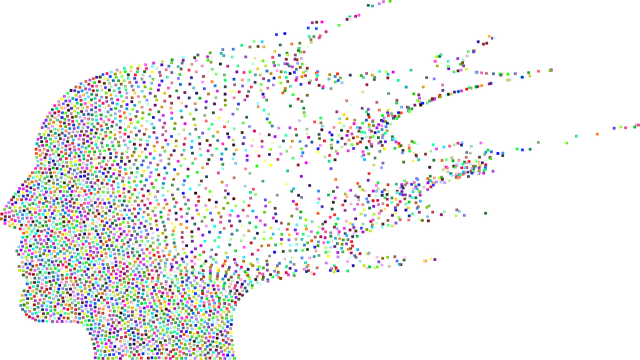Greenwood Village Exposure and Response Prevention Therapy (ERP) is a cutting-edge mental health approach that builds resilience by gradually exposing individuals to stressful situations, reshaping responses, and promoting positive thinking. This structured path involves identifying fears, understanding triggers, and cultivating effective coping strategies through personalized exercises tailored to unique challenges. Tracking progress with the RFM framework (Recency, Frequency, Magnitude) allows professionals to tailor interventions for accelerated emotional growth and improved mental well-being.
“Explore the powerful tools of RFM (Resilience, Flexibility, and Mastery) for building mental fortitude. This article delves into a structured framework for enhancing resilience using the Greenwood Village Approach to Exposure and Response Prevention Therapy. We’ll uncover methods to identify and target specific fears, design personalized exercises, and measure progress effectively. By integrating these strategies, individuals can develop coping mechanisms, overcome phobias, and foster overall well-being, all while benefiting from the proven techniques of Greenwood Village ERT.”
- Understanding RFM: A Framework for Resilience
- The Greenwood Village Approach to Exposure and Response Prevention Therapy
- Identifying and Targeting Specific Fears and Phobias
- Designing Customized Resilience Building Exercises
- Measuring Success and Tracking Progress with RFM
Understanding RFM: A Framework for Resilience

Resilience is a vital component of overall well-being, enabling individuals to navigate life’s challenges with adaptability and bounce back from adversity. The RFM (Risk, Fear, and Mastery) framework offers a structured approach to building resilience, particularly through exposure and response prevention therapy, as seen in practices like Greenwood Village Exposure and Response Prevention Therapy. This methodically guides individuals to confront their fears, understand their triggers, and develop effective coping strategies.
By identifying and addressing risky behaviors or situations that contribute to anxiety or distress, RFM promotes emotional intelligence and self-care routine development for better mental health. The process encourages individuals to challenge negative thought patterns, fostering a sense of mastery over their emotions and environments. This approach aligns with the broader goal of Mental Health Policy Analysis and Advocacy by empowering individuals to actively manage and improve their psychological well-being.
The Greenwood Village Approach to Exposure and Response Prevention Therapy

The Greenwood Village Approach to Exposure and Response Prevention Therapy (ERP) is a pioneering method in treating various mental health conditions, focusing on helping individuals confront and manage their fears through gradual exposure to stressful situations. This therapy aims to reshape the individual’s response to anxiety-provoking triggers by preventing avoidance behaviors that often reinforce fear and anxiety. By encouraging patients to face their fears head-on, ERP promotes a more adaptive and positive thinking pattern, thereby significantly improving stress reduction methods and overall mental well-being.
Greenwood Village ERP goes beyond traditional therapy techniques by creating a supportive environment where individuals can learn coping strategies tailored to their unique experiences. This approach prioritizes the reduction of mental illness stigma by fostering an atmosphere of understanding and empathy. Through consistent exposure and practice, patients develop resilience, enabling them to navigate challenging situations with newfound confidence and a more positive outlook.
Identifying and Targeting Specific Fears and Phobias

Identifying specific fears and phobias is a crucial step in building resilience through exercises like Greenwood Village Exposure and Response Prevention Therapy (ERP). By pinpointing these triggers, individuals can start to unravel the complex web of anxiety they may have developed over time. Through targeted interventions, one can learn to challenge and replace irrational thoughts with more realistic, balanced perspectives.
The process involves a combination of self-reflection and professional guidance, often facilitated by a mental wellness podcast series production that offers practical coping skills development. Communication strategies play a vital role in this journey, enabling individuals to express their experiences effectively while seeking support from loved ones or therapists. This collaborative approach ensures that the fear is not only identified but also systematically addressed, leading to improved mental wellness and enhanced resilience.
Designing Customized Resilience Building Exercises

Designing Customized Resilience Building Exercises is a nuanced process that requires understanding each individual’s unique needs and circumstances. This tailored approach ensures that exercises like Exposure and Response Prevention Therapy (ERPT), popularized in Greenwood Village, effectively address specific challenges. Through comprehensive assessment, mental health professionals can identify areas where clients struggle most, whether it’s managing anxiety, trauma, or stress.
By integrating these insights into the exercise design, therapists create a supportive environment that encourages growth. This could involve incorporating aspects of the client’s daily life or interests to make exercises more relatable and engaging. A well-designed program might also include a mix of individual therapy sessions, group activities, and community outreach programs to foster a sense of belonging and collective resilience. Additionally, leveraging the power of technology through mental wellness podcast series production can provide accessible resources for ongoing support between sessions. Ultimately, these customized exercises aim to empower individuals with coping strategies that enhance their mental health awareness and overall well-being.
Measuring Success and Tracking Progress with RFM

Measuring Success and Tracking Progress with RFM is a pivotal aspect of any resilience-building program, including Greenwood Village Exposure and Response Prevention Therapy (ERP). By utilizing this framework, individuals can gain invaluable insights into their emotional growth and progress over time. The RFM model assesses three key components: Recency, Frequency, and Magnitude, allowing for a nuanced understanding of an individual’s response to challenging situations.
For instance, in the context of Anxiety Relief, tracking recency reveals how recently someone has faced anxiety-provoking scenarios without retreating or avoiding them. Frequency measures the number of such encounters, indicating exposure consistency. Magnitude assesses the intensity of emotional responses, reflecting inner strength development. This data provides a clear roadmap for therapy, helping professionals tailor interventions to accelerate progress and foster greater resilience.
Resilience is a powerful tool for overcoming fears and phobias, and the Greenwood Village Approach to Exposure and Response Prevention Therapy (ERPT) offers an effective framework. By understanding RFM (Resilience, Flexibility, and Mastery) and utilizing customized resilience-building exercises, individuals can navigate their fears with greater ease. This holistic approach, combined with tracking progress through measurable metrics, empowers folks to lead more fulfilling lives, free from the constraints of limiting beliefs and phobias. The Greenwood Village ERPT method is a game-changer in fostering resilience and enhancing one’s mental well-being.














